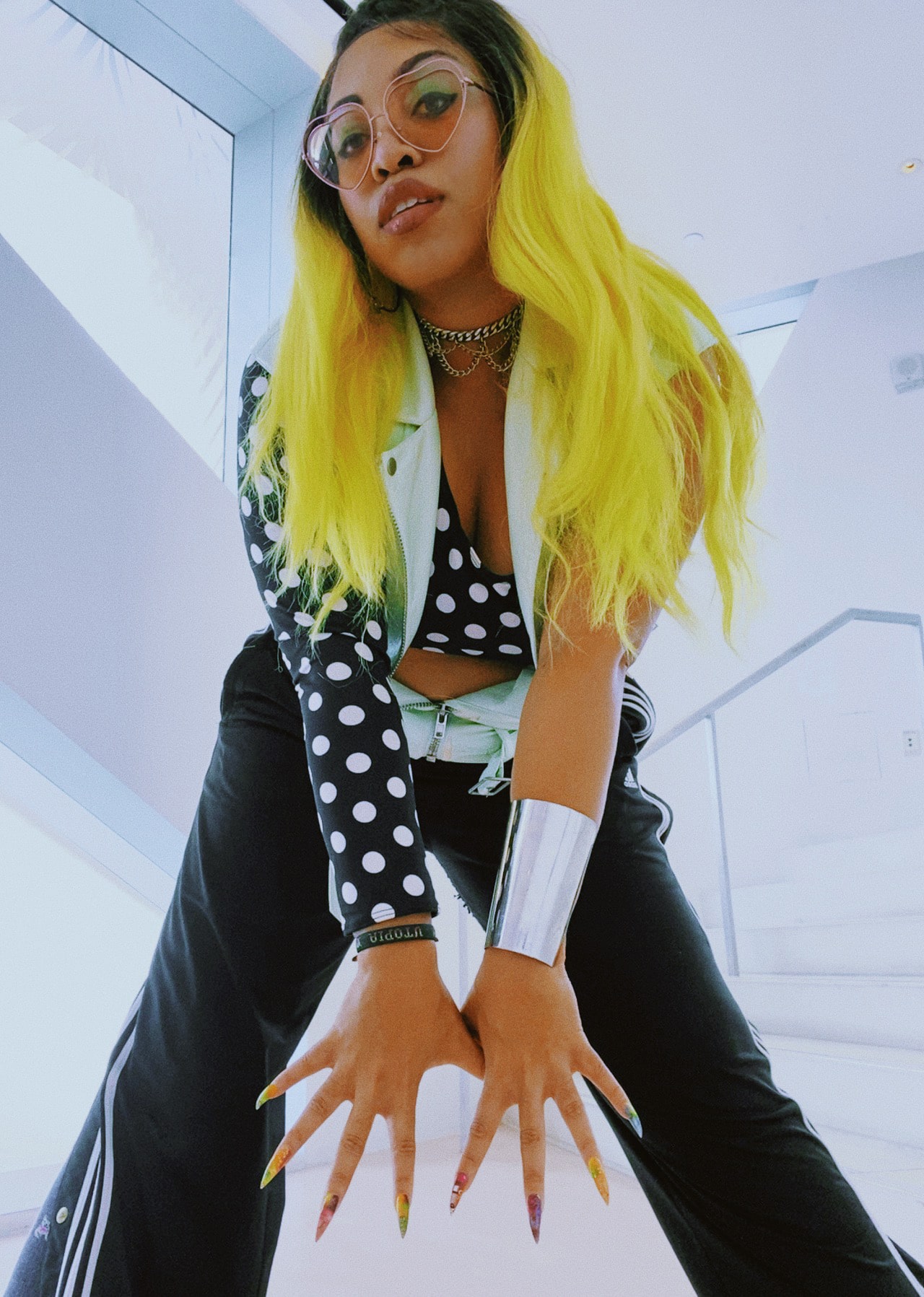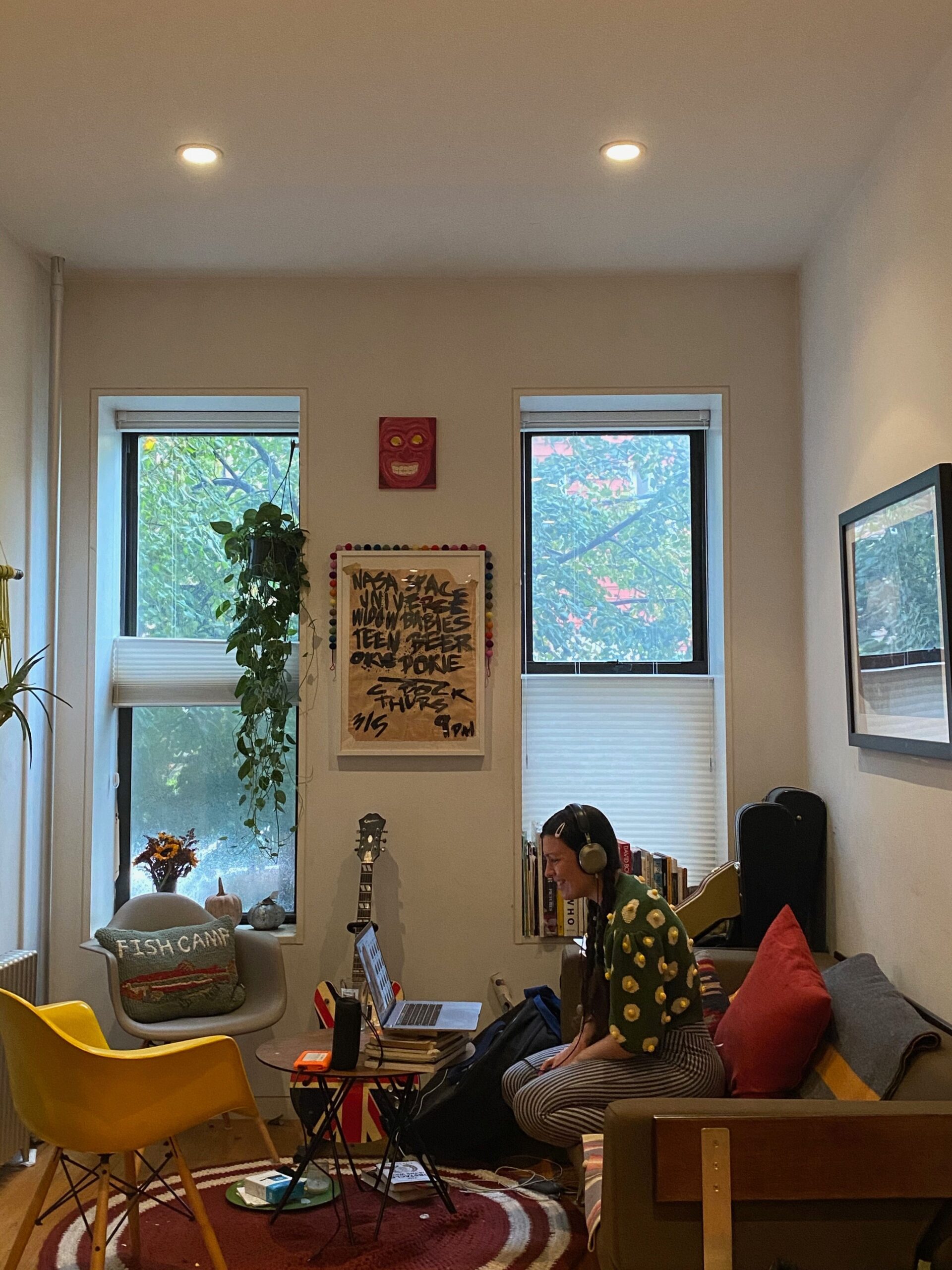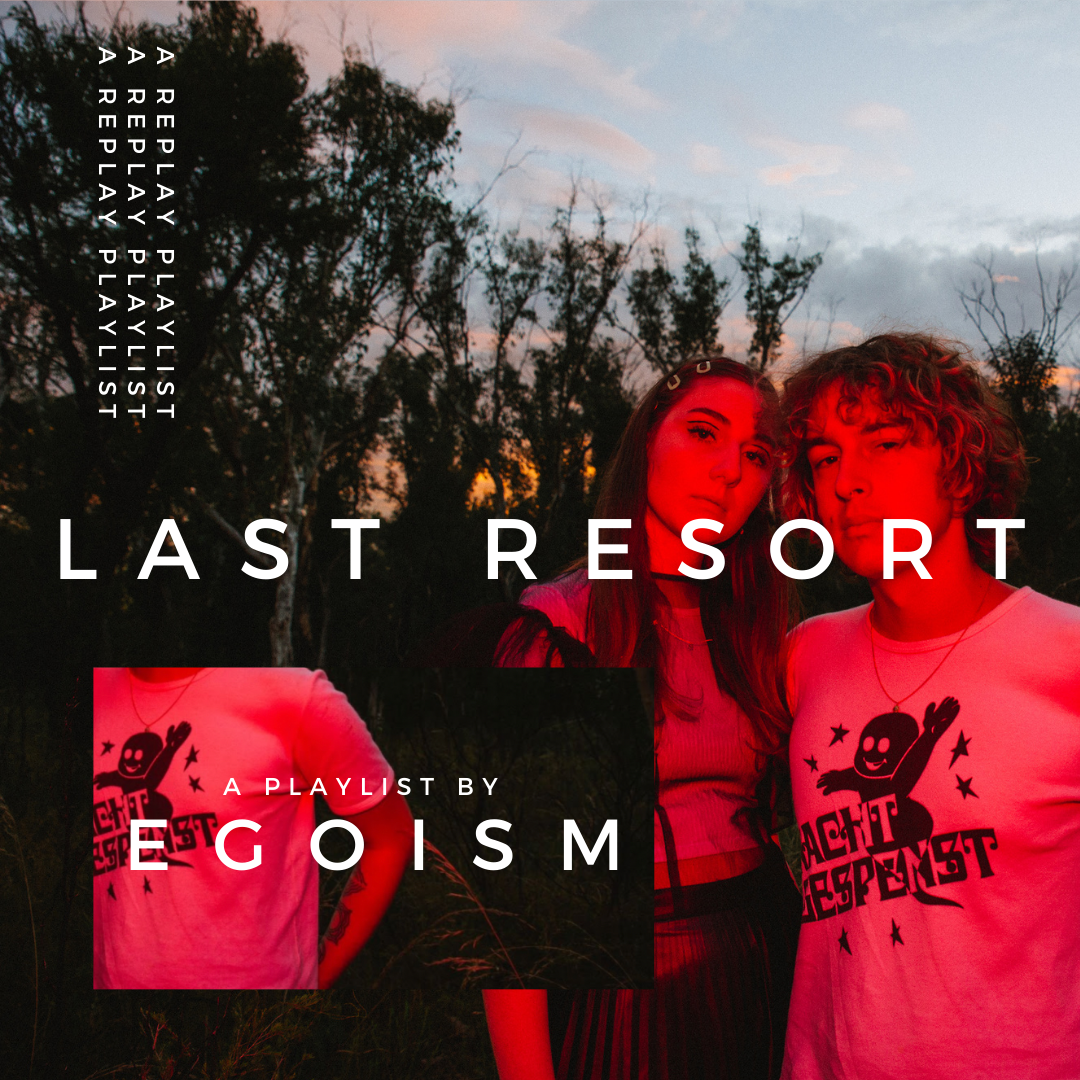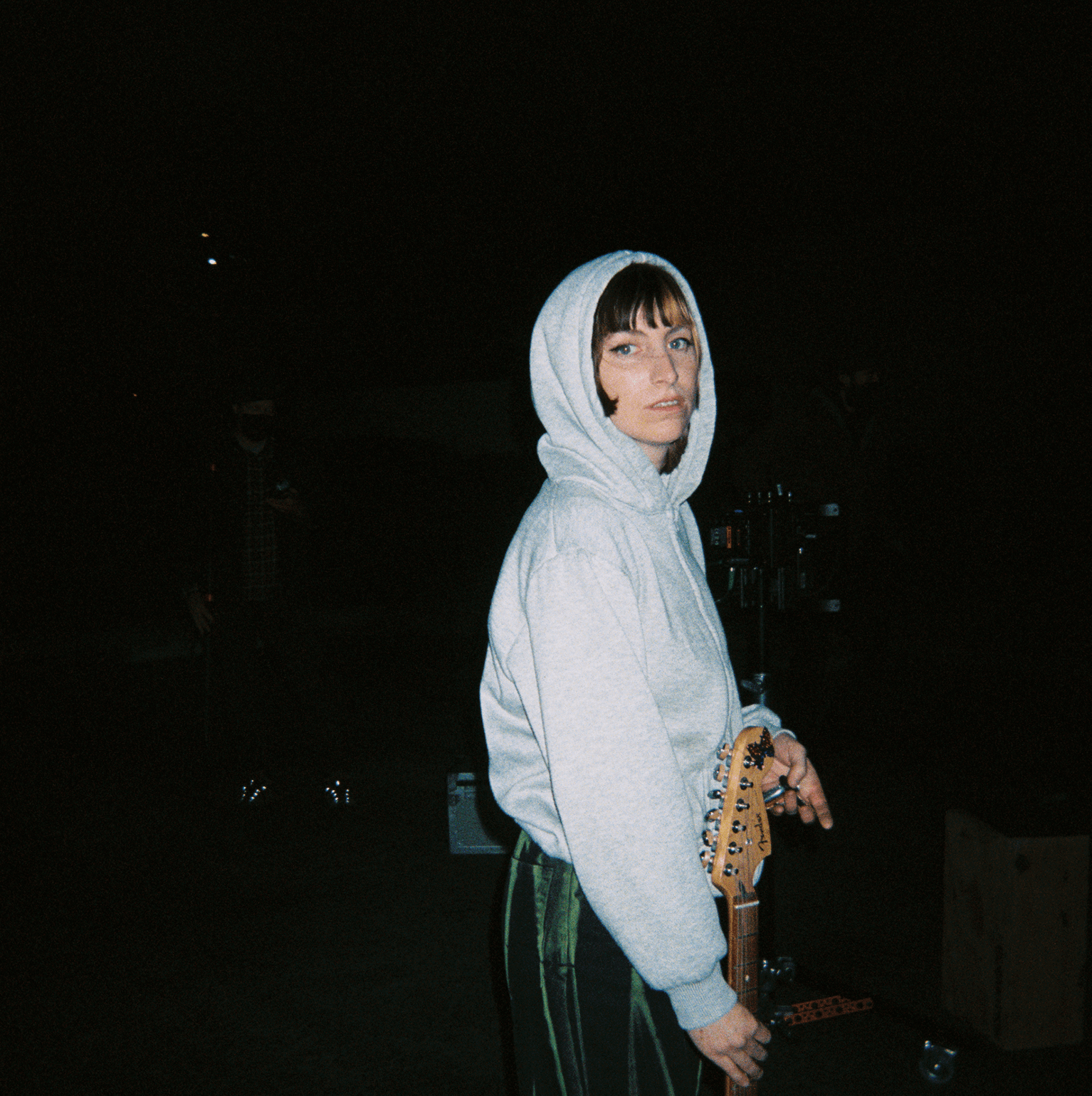I’ve been thinking a lot about the dangers of migrating my social life online. The pandemic has necessitated that all of our interactions take place online for our own safety, but it often feels like those connections have become flattened because of this. After an especially frustrating Zoom call riddled with Wi-Fi issues and lags, my friend remarked to me that “this isn’t us.” Technology may help us connect with one another, but it only ever manages to imitate rather than replicate in-person interactions in a way that feels far less satisfying.
It’s a sentiment that photographer Claire Marie Vogel echoes back to me during our interview, “There’s a strange intimacy through this technology which can be really isolating as well.” Her new virtual photo gallery with Reflective Refuge, an artist collective she co-founded with Mallory Lemieux, aims to subvert this “strange intimacy.” Artists In Isolation lets viewers take a peek into the phones of 31 different artists and discover how they’ve been handling isolation. As you scroll through the gallery, you’ll find photos of musicians like Luna Li and Sadie Dupuis, along with interviews that Claire conducted entirely over text. Using technology as a vehicle for connection, Artists In Isolation is meant to illustrate the effect isolation has had on artists’ creativity and how these experiences aren’t as solitary as you might think.
The gallery reminds me of the initial promise of the internet as a way to bridge the distance between communities rather than widen it. But technology is imperfect; an impromptu photoshoot with Claire results in a pixelated and slightly blurry photo of her and her rescue pup (named Barnes, after the infamous New York legal duo Cellino & Barnes). Claire says that working with these limitations can be wonderful. In a way, technology reflects the often awkward nature of human interaction; the pauses, the miscommunication, and the wonderful moment when all that falls away and you’re able to make a genuine connection with someone else.
Ahead of the gallery’s launch today, I spoke with Claire about Artists In Isolation, digital intimacy, and how despite the fact that the pandemic has pushed up physically apart, we’re still all getting through this together.
Slumber: How did you decide which artists to include in the exhibition?
Claire: Initially I just thought I should learn how to do this. How about a low-pressure thing where I offer artists a free photoshoot on my Instagram Stories? I just threw it up and said I was going to start shooting artists through FaceTime. Some friends reached out for artists, I had people I knew, and then a couple people I didn’t know reached out through Instagram because people had sent them the story. I just kept digging and kept asking artists I knew or really loved that would be interesting or would have a really good perspective.
Slumber: What made you decide to conduct the interviews through text and the photoshoots through FaceTime?
Claire: So for the photos through FaceTime—because of not being able to be in person safely, this felt like something I can do remotely. I knew some people were starting to shoot through FaceTime and Zoom so I decided to try that. I just thought, as the project developed in my head, it would be fitting to do the interviews [through] text and then screenshot those. We’re all just communicating through technology right now and everything is being contained through FaceTime and text, so it felt like they went together as a pair.

Pictured: Sadie Dupuis | "Sadie had a ring light ready to go when we started our FaceTime shoot, so I adored her off the bat! In our interview, she talked about the requirements of artists to wear so many hats, now more than ever, which I thought was a really important note. Further made me appreciate what musicians are taking on this year and how much I miss collaborating with them on those very things."
Slumber: What were some of the challenges of shooting through Facetime?
Claire: Spatial awareness is the first one. You get into someone’s space and you’re really trying to make the most of it from the little tour they give you or what they’ve shown you. The quality of the photos, iPhones, and WiFi are all a little different. Sometimes if I hung up the phone too quickly the photos wouldn’t load into my iPhoto and I’d lose a ton, so there’s definitely been a learning curve. I think it was just getting people comfortable with moving their phone around and understanding how lighting worked with their phones. I thought that was actually kind of perfect because a lot of the themes that came up with the interviews and with myself [were] just working with limitations and how wonderful that can be sometimes.
Slumber: It sounds like really collaborative photography.
Claire: Very much. I mean it’s all on them, which I had to tell them from the beginning, “Don’t feel pressure, it can be as big or as little as you want.” You really have to put a lot on them, and I think the interviews pointed out that a lot of it is on the artists.
“Social media can make things look very easy, even during this time. I thought it’d be really nice to have them hear more insightful, basic information about what other artists are feeling or doing, and that everyone’s kind of on the same page.”
Slumber: Did you give any of the artists instructions on what to wear or where to have the photoshoot?
Claire: Ahead of time I would generally say pick out an outfit, try to find some places in your house that you spend time in or have really nice light, and that was pretty much it. At the beginning of the shoot, I’d have them give me a little tour on FaceTime of those spots and then I’d pick them and sometimes help with clothes. Then we just make the most of it. I didn’t want to create too much pressure; I wanted it to feel very easy for them.
Slumber: It seems a little more intimate with them letting you into their home in that way.
Claire: Yeah that was a really interesting aspect of it. Normally there’s this level of closeness because you’re physically there and in their home; you’re taking up space. This was like, at the end of the day, I’m just an item that’s already in their home. I’m a phone on a stick or whatever. I think that really helps make things more comfortable for them.

Pictured: Terra Lopez | "Terra has such a calm and generously kind presence—noticeable even over FaceTime. Hearing her experiences working in isolation and the ways in which she's created other avenues of connection with fans and peers was really inspiring"
Slumber: What were some common themes that came up in your interviews with the artists?
Claire: A lot of artists talked about having to rewire how they work and think. There’s the obvious ways of just making an album, working together, touring, and all that, but on a smaller level, not feeling like they need to create every moment or push to be doing things at the same rate they were before. A lot of themes of just having to give themselves a break, or more structure or less structure because they were getting exhausted. A lot of having to learn new skills, especially because artists pre-COVID had to wear so many hats in terms of marketing themselves, filming and taking photos, and being social media stars. This is like, times 1000. Then all of them just really have a deeper appreciation for being in person with people. Virtual live-streams are great and they’re grateful for them, but nothing is replacing that in-person experience, like playing with other artists and having that feedback. As an artist, you are alone in a room and you start to doubt things or not hear things the same way, so just having to grapple with that.

Pictured: Luna Li | "Luna Li has an aura just as kind, sweet, and gentle as her music feels. I discovered her through Instagram in the middle of shooting this project and just loved that she could create such a clear vision with her music and style, even from a home shot video in her bedroom. Can't wait to see what is next for her."
Slumber: This is Reflective Refuge’s first exhibition; how did the collective form?
Claire: Oddly enough, I met Mallory about two months before the lockdown and we immediately became the kind of partners where collaborating together is really instantaneous and wonderful. She had Reflective Refuge going as an idea, but we motivated each other to really develop it. The idea of it had to do with concerts and COVID basically killed the possibility of exploring that. We decided to start working on this every day and try to come up with solutions to help artists through this time. I specifically chose artists of different levels because a lot of them still have to do so much, if not everything, on their own even if they’re on labels. The whole ethos of the company is about helping marry music and technology better. A lot of technology is built to add something or change something, and we want to find a more balanced relationship between the two. We thought this would be the perfect way to create an online experience that’s about music and connecting people.

Pictured: Suzi Analogue | "Suzi was recommended to me by Sadie and I was immediately enamored with her style and presence. She has the ability to bring many ideas and sounds together to form her music and the world around it. I heard her track Nrgnrg and asked if we could feature it in the trailer for our project because I loved it so much. Go, listen!"
Slumber: How did you go about planning the virtual gallery and how it would feel?
Claire: Mallory knows how to code and we also brought in this wonderful guy, James Darby, to help build the site. The biggest thing was I wanted it to feel like an extension of the experience of taking a photo through FaceTime and reading a text message or communicating through text. So the site is interactive and you’re able to be a bit of a voyeur. You can go on someone’s phone and scroll through the questions and then the photos scroll along with it. You’re seeing inside an artist’s home often or their space during a really hard time. There’s a strange intimacy through this technology which can be really isolating as well.
Slumber: It’s funny that you said it’s like taking a peek into someone’s phone because for most people, that would be their worst nightmare.
Claire: I made sure they all knew I would be screenshotting the texts, but yeah, I think there’s something very intimate about the act of scrolling through a text message that you weren’t a part of.
“I’ve learned that we’re all kind of coping in a lot of the same ways, no matter what we’re doing, and I think that goes across the board whether you’re an artist or musician”
Slumber: What’s next for Reflective Refuge?
Claire: We’re trying to figure out how to develop the ideas that we want to work on in the post-COVID world when there’s concerts so we can be a part of connecting fans and musicians or just making an artists’ experiences better at a concert. We don’t have a definite plan, to be honest. We’ve had to re-shift so many times throughout this, which is an interesting mirror of some of the experiences of the artists that we talked to. Maybe some more projects like this or maybe there will be a part two, depending on the feedback.
Slumber: Did you find you could relate to what you were hearing artists say?
Claire: Yes. The reason I started this actually was because as an artist, I felt immediately pressured to do a lot. I felt like, Okay, I’m going to work on every personal project I put on the backburner, and then also, I’m just going to let myself be depressed and mourn and not do anything. But I think that what started to spawn things was when I started to ask these questions like, How is this going to change me? What does that mean for other people? What are other people going through? Since I work with artists so much I was thinking they must be really curious about what other artists are doing. I wasn’t asking, How are you making money? but just looking at how they’re grappling with the basics of it. Social media can make things look very easy, even during this time. I thought it’d be really nice to have them hear more insightful, basic information about what other artists are feeling or doing, and that everyone’s kind of on the same page.

Pictured: Lydia Night | "I've been collaborating with Lydia since she was about 15 and I can't say enough great things about her. She is a true star with heaps of talent, kindness, and beauty. Every video, photoshoot, tour, and beyond that I've captured with her and the band has been a rewarding and special experience for me. We shot 5 million photos together during our session and it almost felt like being back in person together, which was such a treat."
Slumber: Is there anything I haven’t asked you that you think is really important to mention about your work with Reflective Refuge or Artists in Isolation?
Claire: This is a photo and interview project, but I really feel it’s become more of a study on creativity and isolation. I think that’s just something I’m coming to realize more as I talk about it. For me, it’s really been a connective project that’s helped me feel more human. It’s probably been the best thing that I’ve done for my mental health all year. The artists have said it’s made them feel normal for a day too. There’s some very toxic things about technology and some really wonderful things, so I was grateful they all existed for this.
Slumber: I thought I’d ask you one of the questions you asked an artist; Is there anything new that you’ve learned about yourself during isolation?
Claire: I learned to push myself to do something new. I’ve learned that we’re all kind of coping in a lot of the same ways, no matter what we’re doing, and I think that goes across the board whether you’re an artist or musician. So that was refreshing. What I hoped would come out of [the project] was just that we’re all adjusting in a lot of the same ways.

Pictured: Claire herself
Check out the entire ‘Artists in Isolation’ exhibition over on Reflective Refuge’s website.


